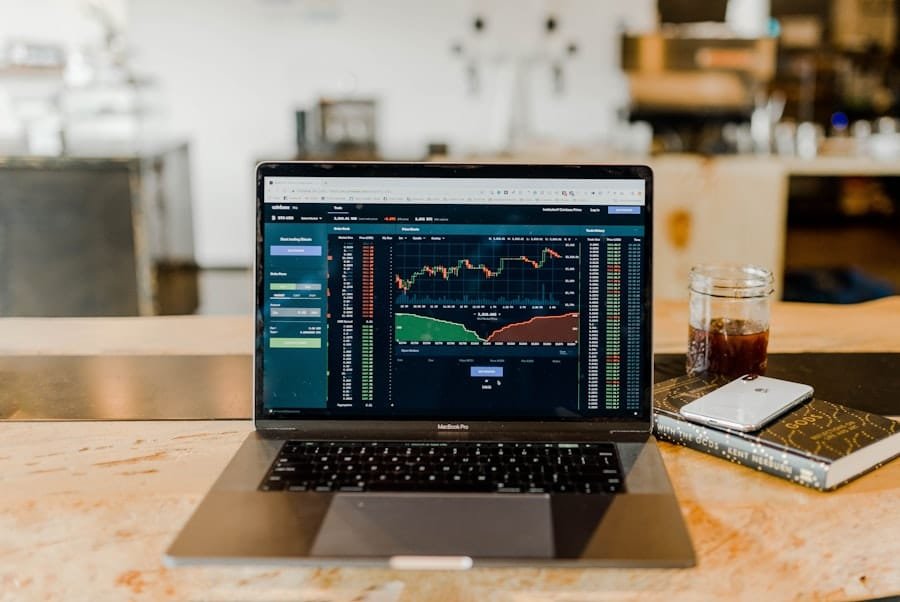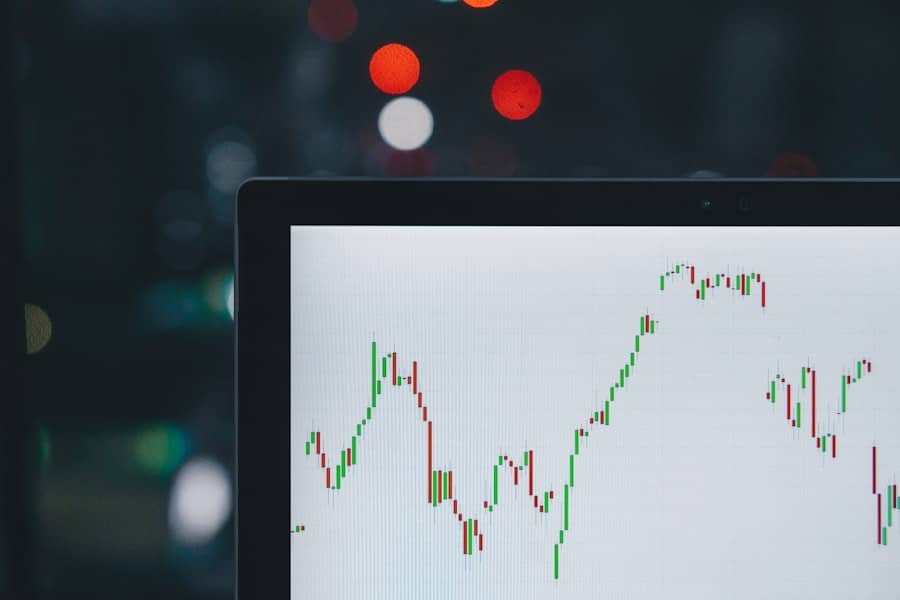Exchange rate policies are fundamental to the global economy, directly influencing a nation’s export competitiveness and international market position. These policies encompass governmental strategies for managing currency valuation relative to other currencies, including fixed exchange rates, floating exchange rates, or hybrid systems. The primary objectives of exchange rate policies are to ensure economic stability, foster export growth, and maintain a favorable trade balance.
The impact of exchange rate policies on a country’s export promotion efforts is substantial. A depreciated currency can enhance the competitiveness of a nation’s exports in the global market by making them more affordable to foreign buyers. Conversely, an appreciated currency may hinder a country’s ability to compete internationally, as its exports become more expensive for foreign purchasers.
Consequently, exchange rate policies serve as a critical instrument for governments to influence their export performance and overall economic growth. Governments must carefully consider the implications of their exchange rate policies, as they can have far-reaching effects on various aspects of the economy, including inflation, foreign investment, and domestic industry competitiveness. The choice of exchange rate regime and its management are crucial factors in shaping a country’s economic landscape and its position in the global marketplace.
Key Takeaways
- Exchange rate policies play a crucial role in shaping a country’s trade competitiveness and export promotion strategies.
- A flexible exchange rate policy can help boost export promotion by making exports more competitive in international markets.
- Different approaches to exchange rate policies include fixed, floating, and managed exchange rate systems, each with its own implications for export promotion.
- Case studies of countries like China and Japan demonstrate how exchange rate policies can be used effectively to promote exports and drive economic growth.
- Criticisms and challenges of using exchange rate policies for export promotion include concerns about currency manipulation and the potential for trade conflicts, highlighting the need for international organizations to monitor and regulate exchange rate policies.
The Impact of Exchange Rate Policies on Export Promotion
The Benefits of a Depreciated Currency
A depreciated currency can lead to higher profits for exporters, as they receive more valuable foreign currency for their goods. This can incentivize firms to invest in production capacity and expand their export activities.
The Drawbacks of an Appreciated Currency
On the other hand, an appreciated currency can make a country’s exports more expensive for foreign buyers, leading to a decrease in export demand and potential loss of market share. Furthermore, an appreciated currency can reduce the profitability of exporting firms, potentially leading to reduced investment and export activity.
Conclusion
In conclusion, exchange rate policies play a crucial role in shaping a country’s export promotion efforts. A depreciated currency can boost exports, while an appreciated currency can hinder them. Therefore, policymakers must carefully consider the implications of exchange rate policies on the country’s export sector.
Different Approaches to Exchange Rate Policies

There are several different approaches to exchange rate policies that countries can adopt to promote exports. One approach is a fixed exchange rate system, where the government pegs its currency to another major currency or a basket of currencies. This can provide stability and predictability for exporters, as they know the exchange rate will remain relatively constant.
However, it can also limit the government’s ability to respond to economic shocks and may require significant foreign exchange reserves to maintain the peg. Another approach is a floating exchange rate system, where the value of the currency is determined by market forces. This can allow for greater flexibility in responding to economic conditions and can help maintain competitiveness in the global market.
However, it can also lead to exchange rate volatility, which can create uncertainty for exporters and make it difficult to plan for the future. Some countries may also adopt a managed float system, where the government intervenes in the foreign exchange market to influence the value of its currency. This approach allows for some flexibility while also providing a degree of stability for exporters.
However, it requires careful management and can be subject to criticism for potential manipulation of the exchange rate.
Case Studies of Countries Using Exchange Rate Policies to Promote Exports
Several countries have successfully used exchange rate policies to promote exports and boost their economic growth. China is a prominent example of a country that has employed a managed exchange rate policy to maintain competitiveness in the global market. By keeping its currency undervalued, China has been able to make its exports more affordable for foreign buyers, leading to significant export growth and economic development.
Another example is Japan, which has historically used a combination of fiscal and monetary policies to influence its exchange rate and promote export growth. By keeping its currency relatively weak, Japan has been able to maintain a strong export sector and achieve trade surpluses. This has been a key driver of Japan’s economic success and global competitiveness.
On the other hand, countries like Switzerland have adopted a different approach by maintaining a strong currency to promote high-value exports such as luxury goods and precision instruments. By keeping its currency appreciated, Switzerland has been able to position itself as a high-quality, high-value exporter in the global market.
Criticisms and Challenges of Using Exchange Rate Policies for Export Promotion
While exchange rate policies can be effective in promoting exports, they are not without criticisms and challenges. One criticism is that manipulating exchange rates can lead to trade imbalances and tensions between countries. When a country keeps its currency undervalued, it can lead to accusations of unfair trade practices and protectionism from other countries.
Exchange rate policies can also be subject to speculative attacks and market volatility, especially in a floating exchange rate system. This can create uncertainty for exporters and make it difficult for them to plan for the future. Additionally, managing exchange rates requires careful coordination between fiscal and monetary policies, which can be challenging for governments.
The Role of International Organizations in Monitoring Exchange Rate Policies

IMF’s Oversight and Guidance
The International Monetary Fund (IMF) is a key organization that provides oversight and guidance on exchange rate policies. The IMF conducts regular assessments of member countries’ exchange rate policies and provides recommendations for improving their effectiveness.
WTO’s Role in Monitoring Exchange Rate Policies
The World Trade Organization (WTO) also plays a crucial role in monitoring exchange rate policies to ensure compliance with international trade rules.
Prohibiting Unfair Subsidies
The WTO’s Agreement on Subsidies and Countervailing Measures prohibits certain types of export subsidies that are contingent on the use of domestic goods over imported goods. This includes subsidies that are contingent on export performance or on the use of domestic over imported goods.
The Future of Exchange Rate Policies for Export Promotion
In conclusion, exchange rate policies are a critical tool for governments to promote export growth and maintain competitiveness in the global market. Different approaches to exchange rate policies can have varying impacts on export promotion, profitability of exporting firms, and overall economic stability. While there are criticisms and challenges associated with using exchange rate policies for export promotion, international organizations play a key role in monitoring and regulating these policies to ensure fair and transparent practices in the global economy.
The future of exchange rate policies for export promotion will likely continue to evolve as countries navigate changing economic conditions and global trade dynamics. As technology advances and markets become increasingly interconnected, governments will need to carefully consider their exchange rate policies to ensure they effectively support export growth while maintaining stability in the global economy. With careful management and oversight from international organizations, exchange rate policies can continue to be a valuable tool for promoting export growth and driving economic development around the world.
If you’re interested in learning more about how governments use exchange rate policies to promote exports, you may want to check out this article on The Econosphere’s website: Contact Us. This article provides a comprehensive overview of the various strategies and tactics that governments employ to manipulate exchange rates in order to boost their export industries. It’s a fascinating read for anyone interested in international trade and economic policy.
FAQs
What is an exchange rate policy?
An exchange rate policy refers to the strategy and actions taken by a government or central bank to manage the value of its currency in relation to other currencies.
How do governments use exchange rate policies to promote exports?
Governments can use exchange rate policies to promote exports by intentionally devaluing their currency. This makes their exports cheaper for foreign buyers, thus increasing demand for their goods and services.
What are some specific exchange rate policies used by governments to promote exports?
Specific exchange rate policies used by governments to promote exports include currency devaluation, currency pegging, and currency manipulation.
What are the potential drawbacks of using exchange rate policies to promote exports?
Potential drawbacks of using exchange rate policies to promote exports include retaliation from trading partners, inflationary pressures, and volatility in financial markets.
How do exchange rate policies impact importers?
Exchange rate policies that promote exports can make imports more expensive for domestic consumers and businesses, potentially leading to higher costs for imported goods and services.








